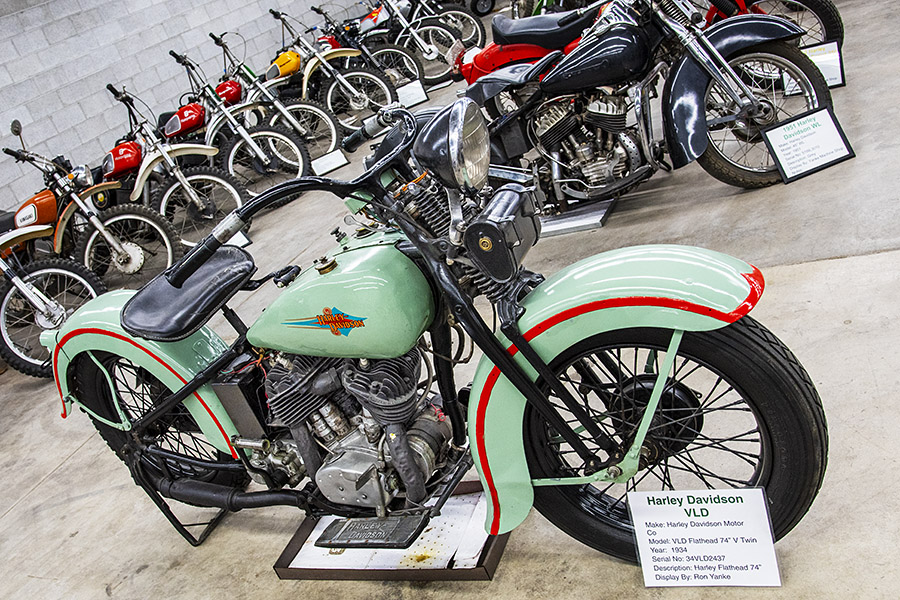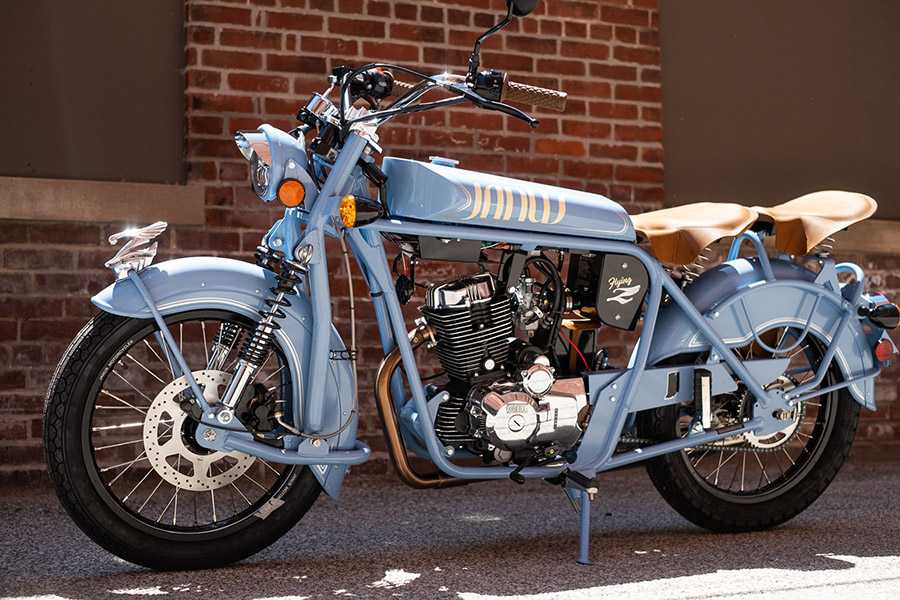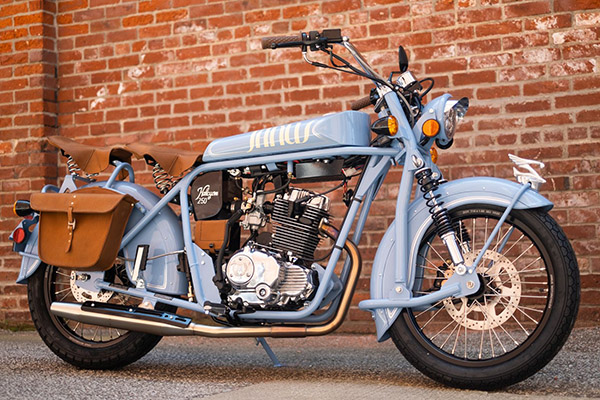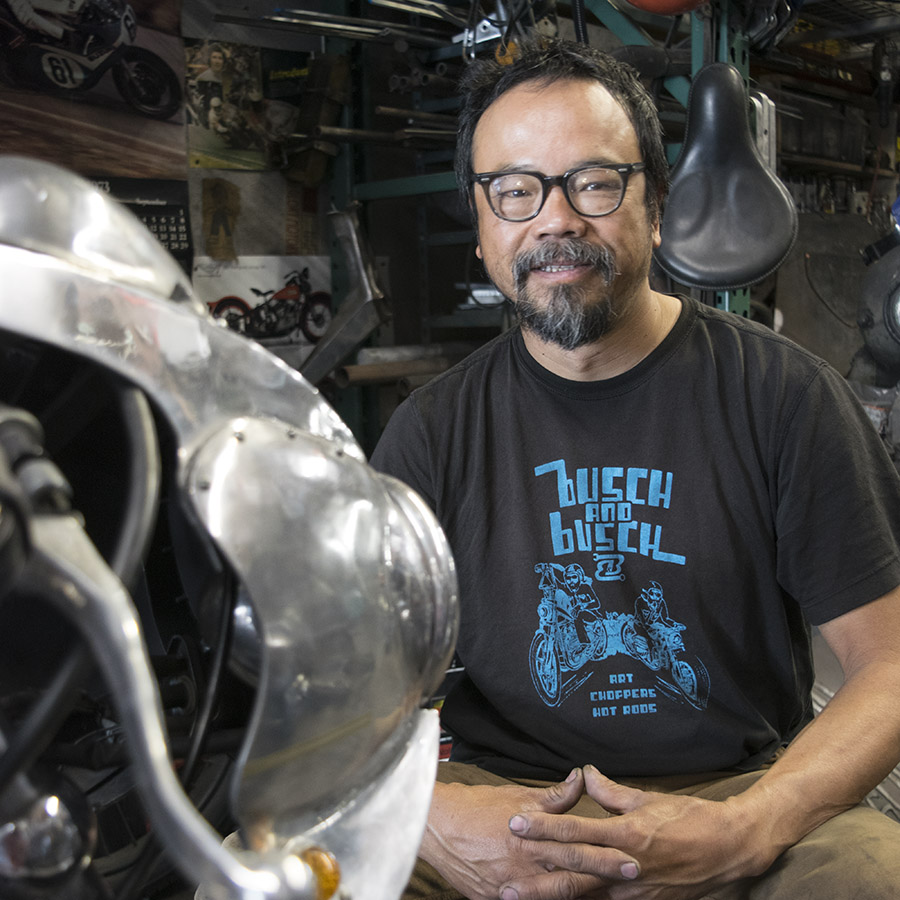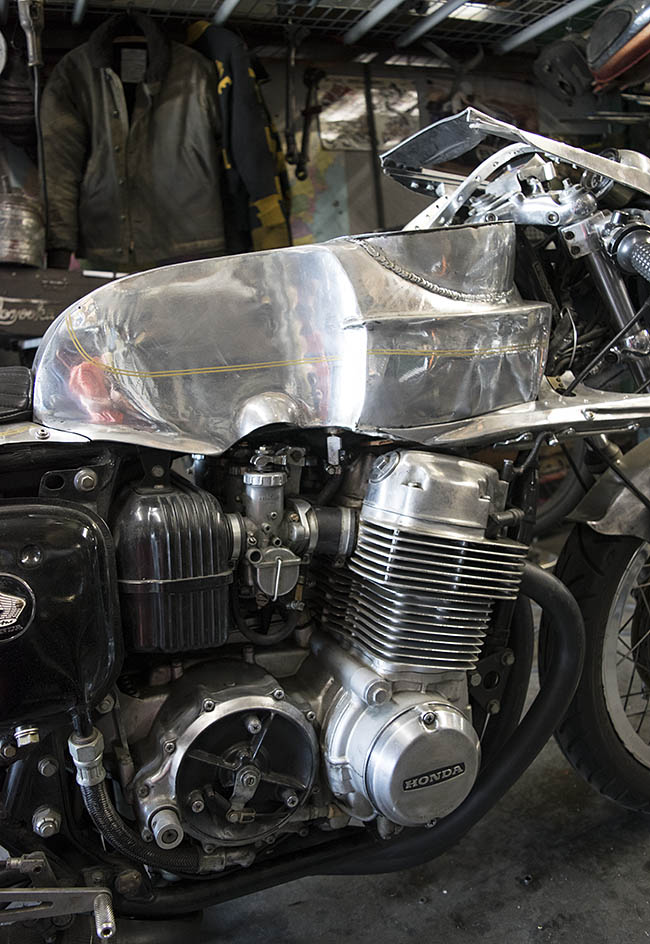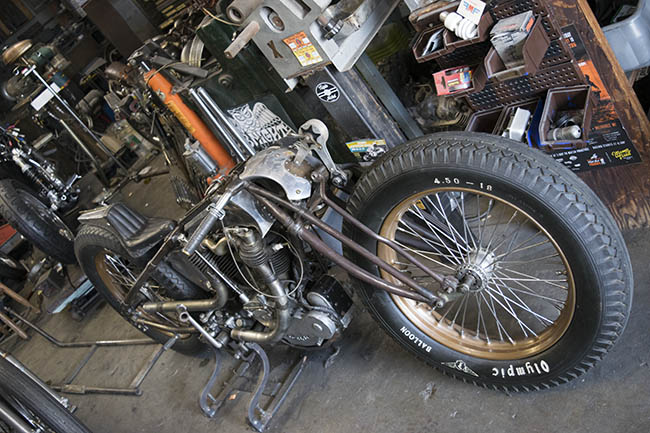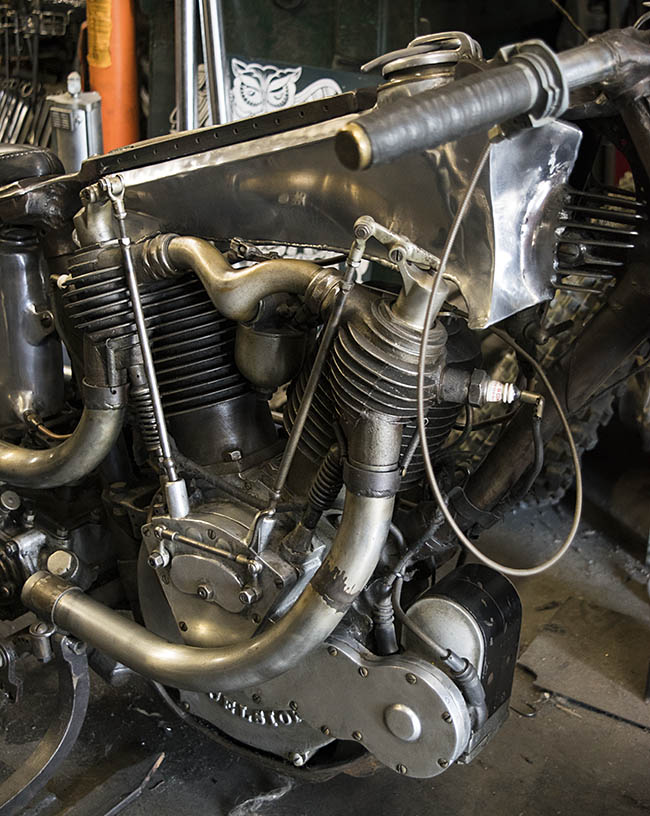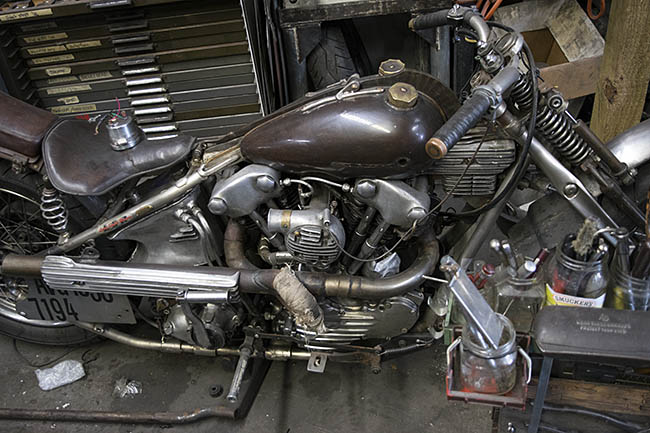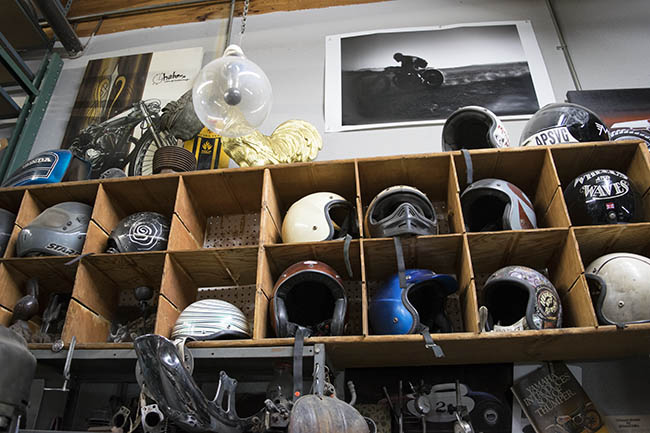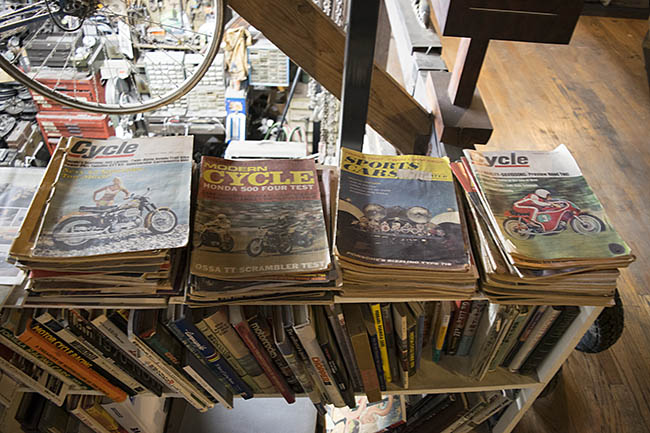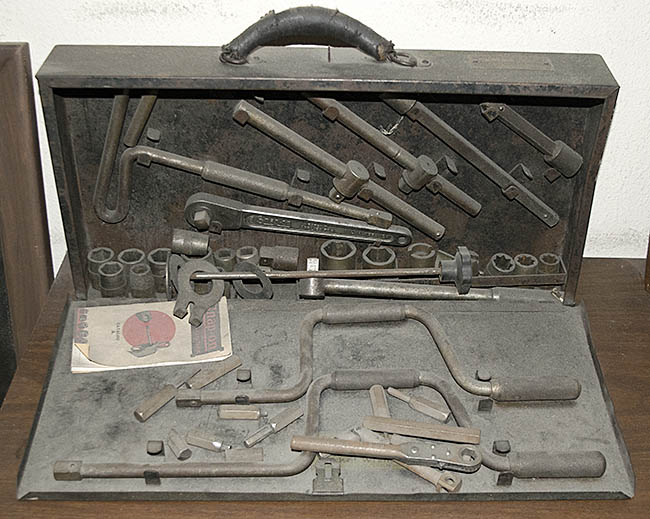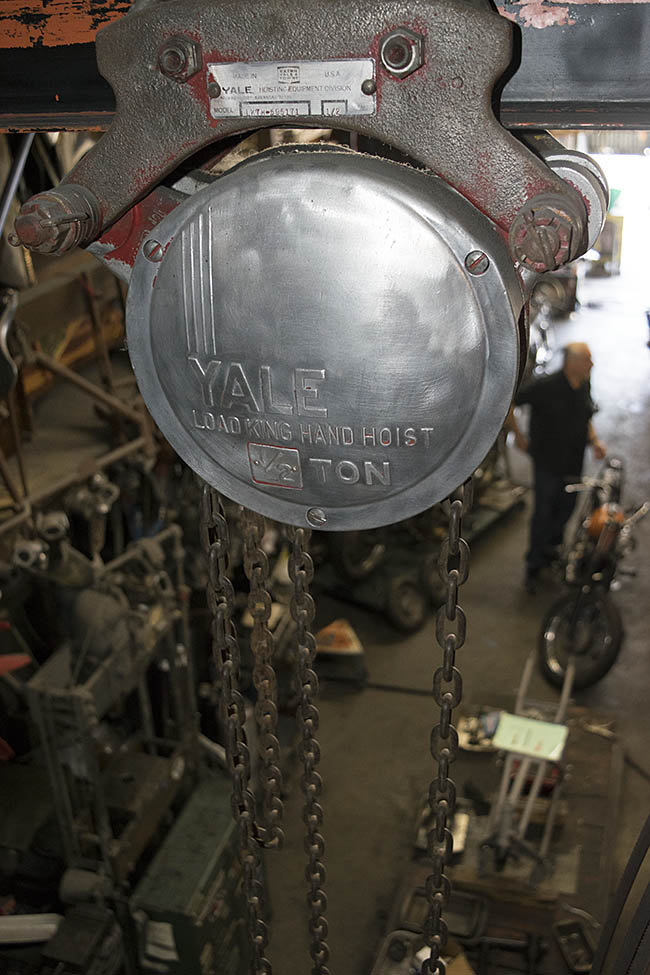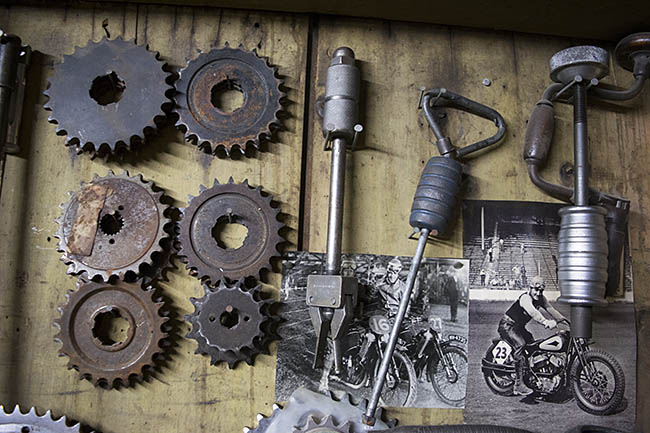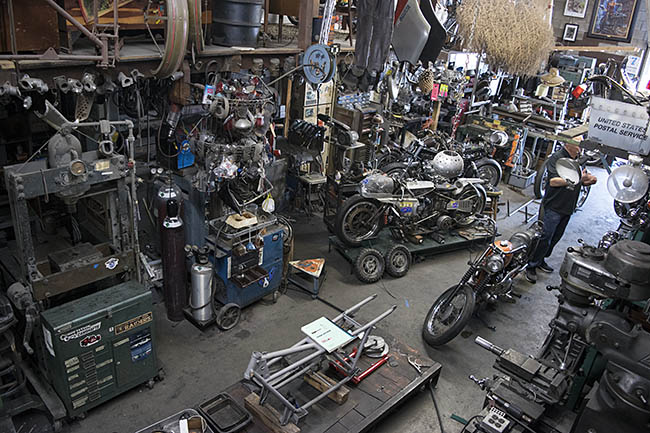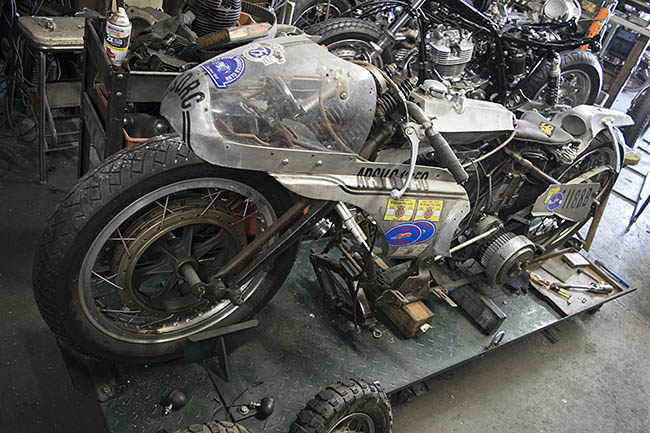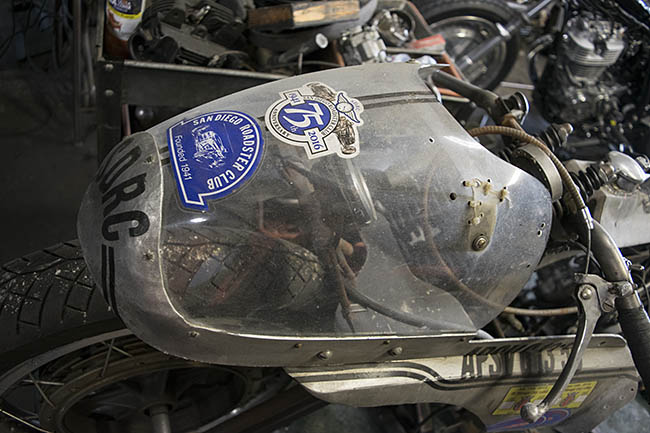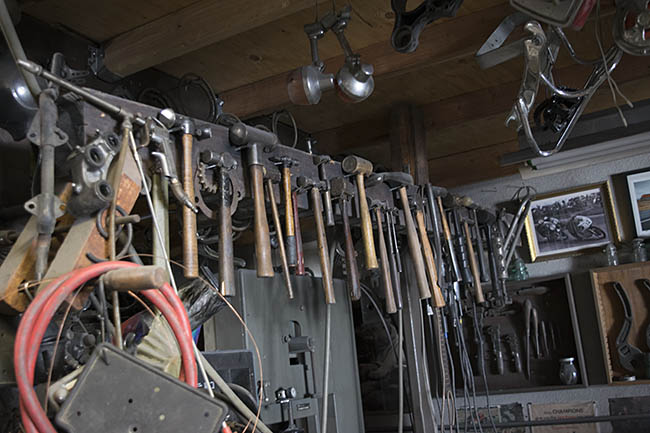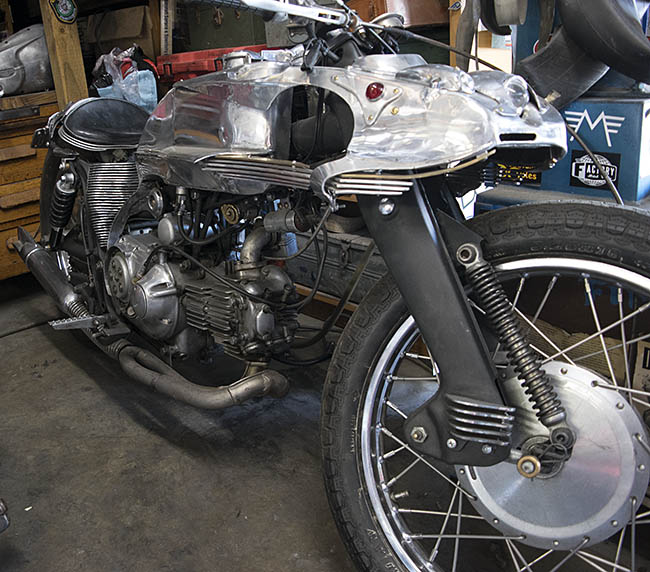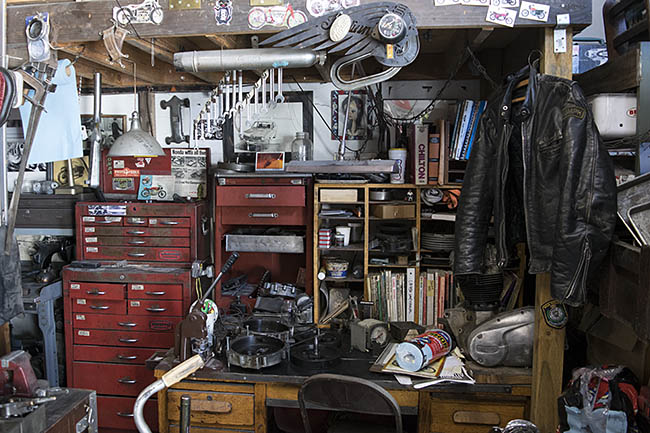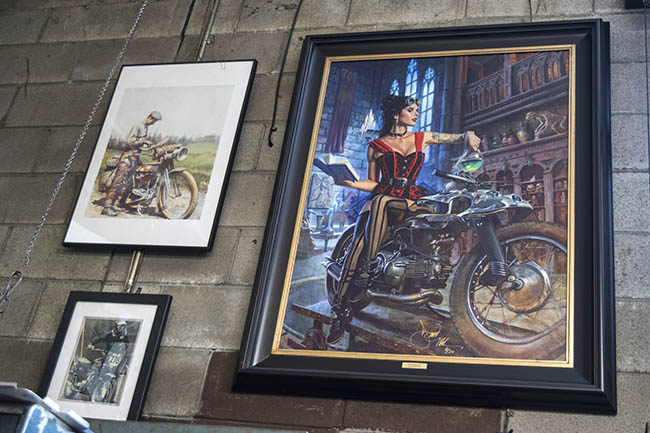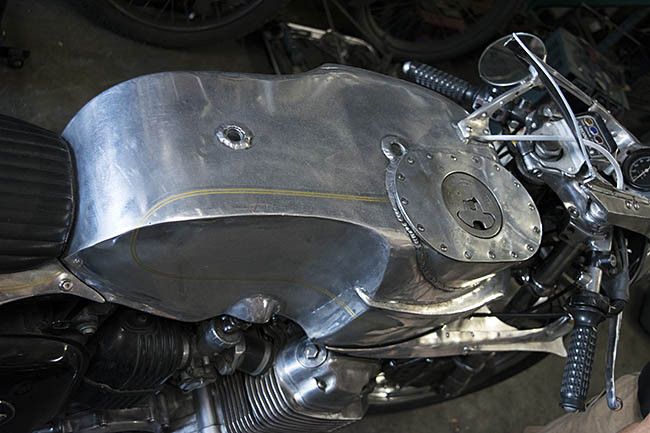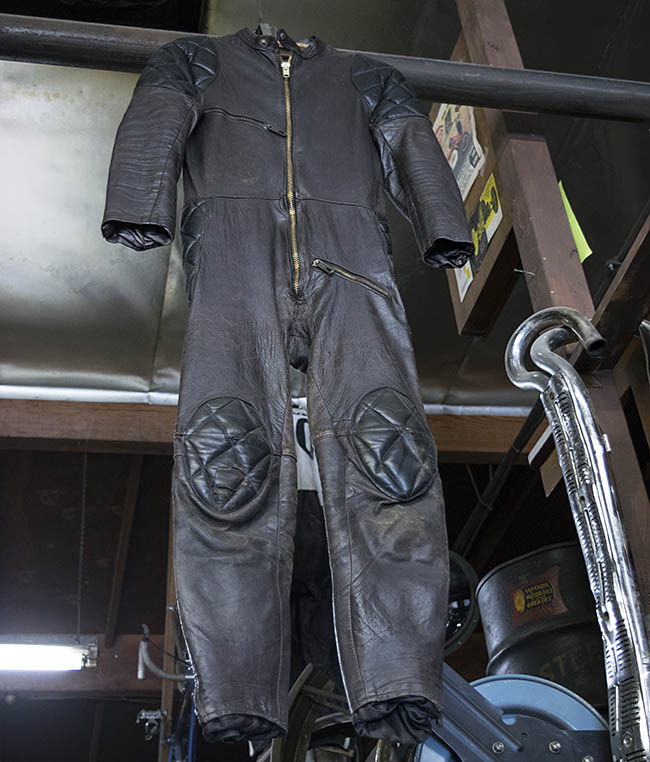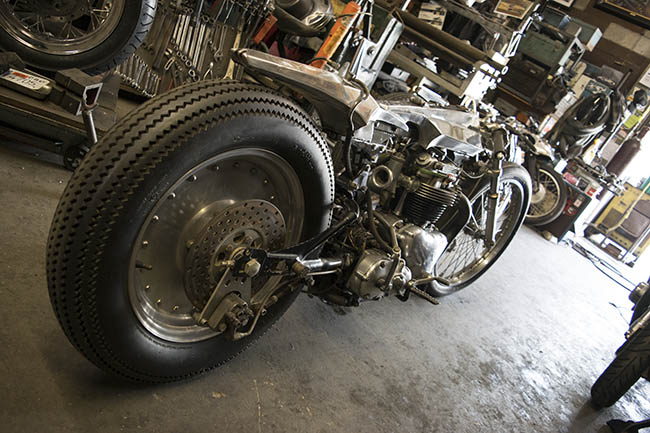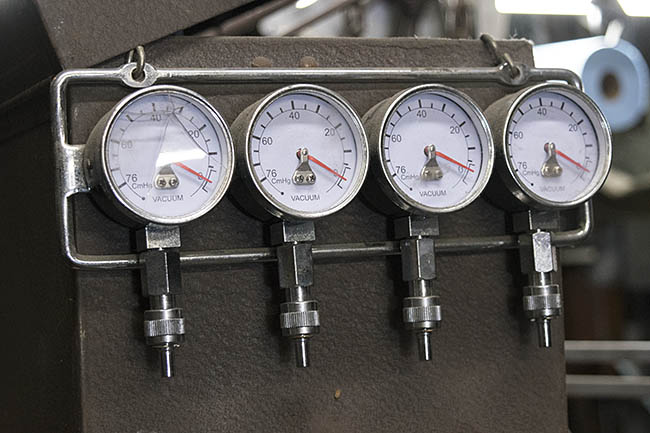By Joe Berk
Talk about a hidden gem and a great destination: The Yanke Motor Museum in Boise, Idaho is about as good as it gets. There’s precious little information on the Internet about it, but trust me, it’s worth seeing. It’s not widely publicized and you can’t just roll up and visit its treasures; admission is by appointment only. My advice is to make the run to Boise and make the effort to get an appointment. The Yanke Motor Museum contains a world class automobile, motorcycle, tractor, and musical instrument collection.
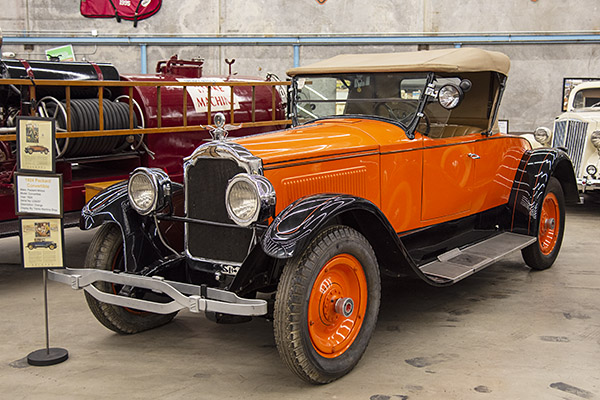
As you know from reading this blog, I’m a big fan of car and motorcycle museums, and I never heard of the Yanke Motor Museum. It’s the only automotive museum in Idaho, and it never appeared on my radar before. I only came across it because I Googled “motorcycle museums in Boise.” Some of the Internet services won’t tell you that it’s by appointment only, but that’s the deal. Further complicating things, some of the GPS programs get the directions wrong. We used Waze to find the address and it worked.
There is a lot to see at the Yanke Motor Museum. We were lucky: Sue and I had the place to ourselves. We made an appointment and new good buddy Tyler (one of the curators) pulled up just as we entered the parking lot. Tyler was in a silver Subaru WRX, so I liked him right away. He opened the place just for us, and then he had to walk around turning all the lights on (and he flipped a lot of switches to do that). The place is huge.
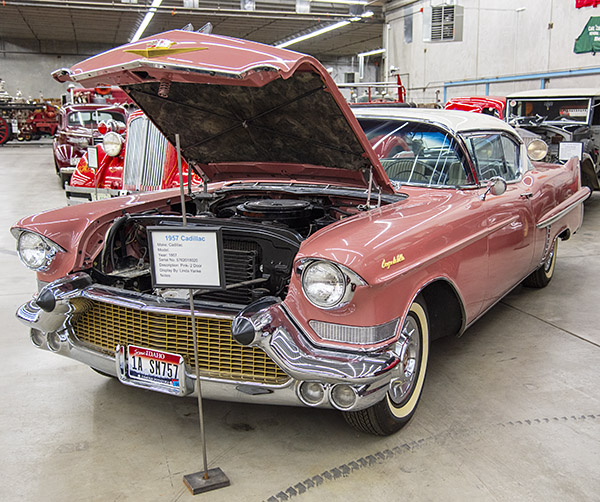
I didn’t quite know what to expect because when we entered the main display area (after walking through a collection of musical instruments), I at first saw mostly automobiles. They were impressive and they were plentiful (see the Packard and drop-dead-gorgeous pink Cadillac above), with the odd motorcycle parked here and there. There was a Ural and a couple of Harley dressers, so I asked Tyler if there were more motorcycles. He smiled and pointed me toward another hall. Wow, were there ever! In fact, my back started bothering me lugging my boat-anchor Nikon D810 and 24-120 lens around to get the photos you see here, but it was worth it.
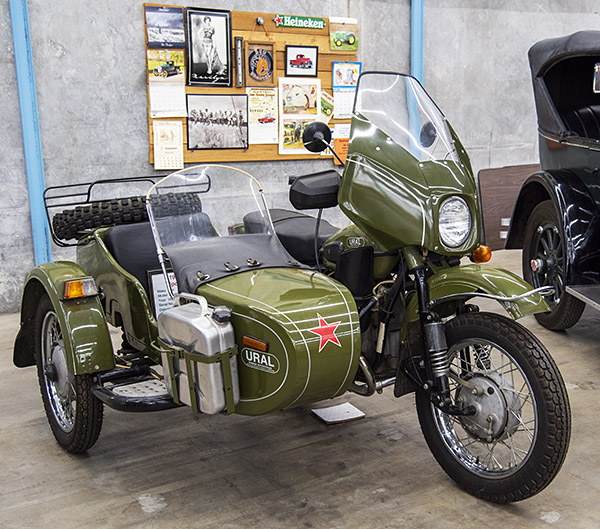
Before we got to the main motorcycle hall, we saw several more interesting motorcycles and the odd trike or two. There was a ’37 SS Jag replicar. It was flanked by a stunning cherry red Harley Servi-Car and a custom flathead Ford trike with Offenhauser heads.
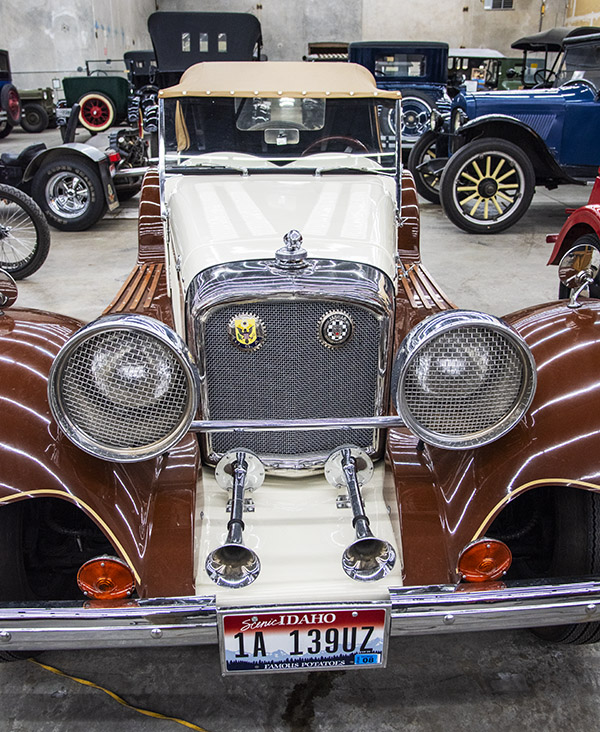

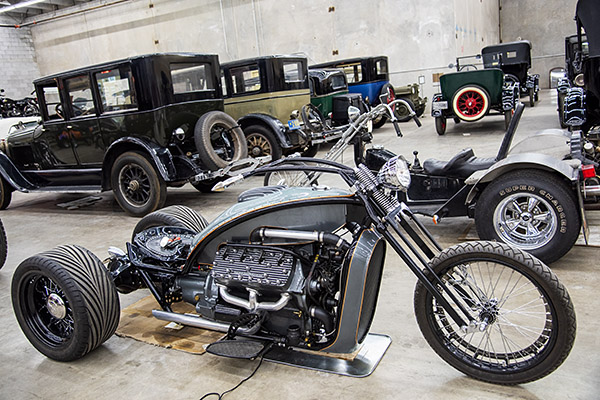
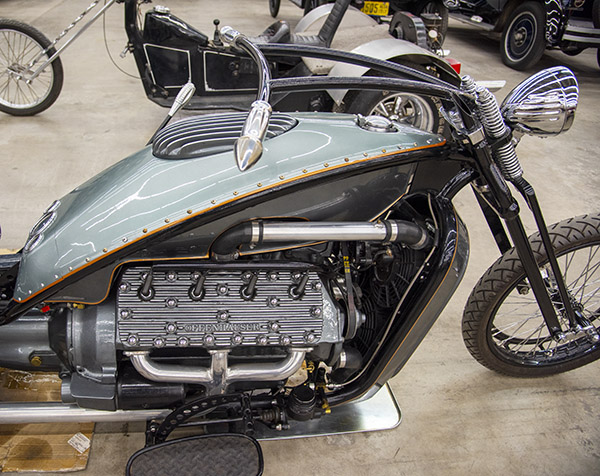
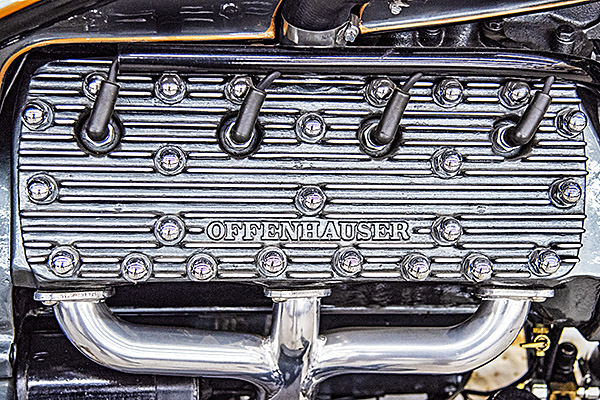
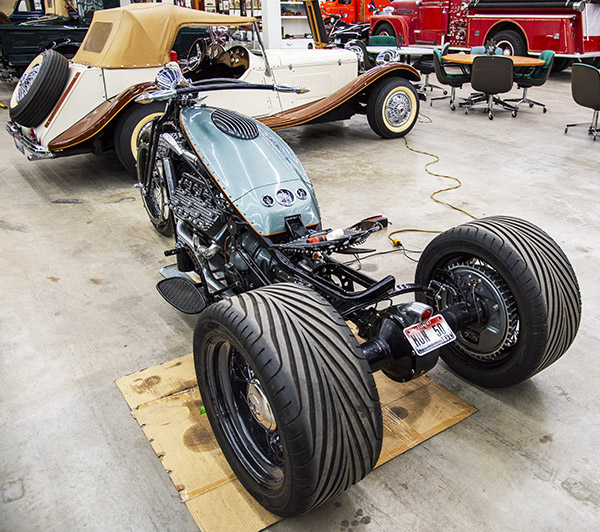
Susie and I were blown away by the classic cars and the multiple motorcycles we encountered at the Yanke Motor Museum, and we hadn’t even made it to the motorcycle room yet. In the main hall, classic motocross and other bikes were scattered among the cars and other vehicles.
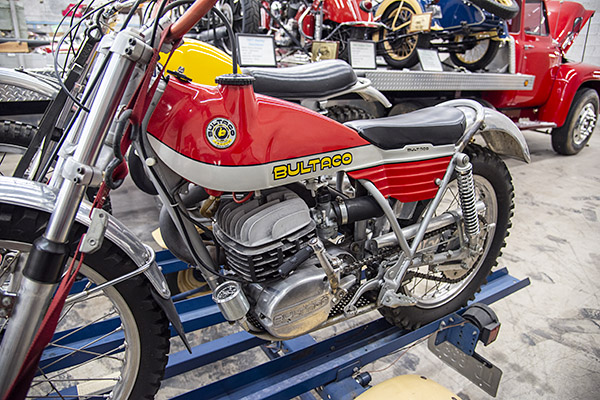
There was a flatbed truck with a Harley XLCR Cafe Racer, a vintage Indian Chief, and a vintage Harley.
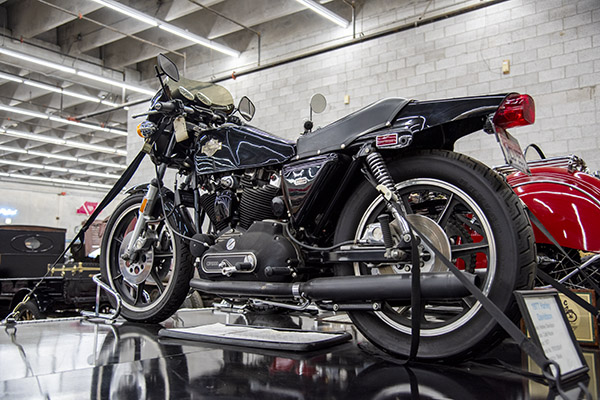
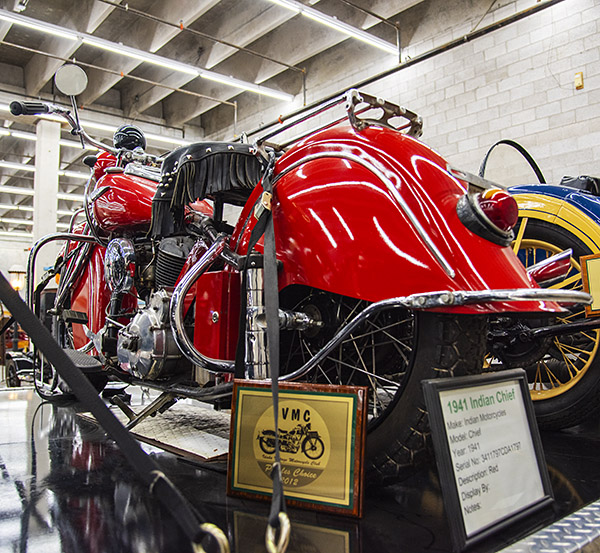
When we entered the motorcycle room, it was like being a kid in a candy shop. No, wait, I take that back. I used to be a kid in a candy shop six or seven decades ago. This was better. Just about everything imaginable was there if you are looking for cool motorcycles. Desert racers, WW II military Harley 45s, modern bikes, custom bikes, vintage Harleys, vintage Indians, scooters, Whizzers, vintage flat track and flathead Harley race bikes, and more. The Nikon was giving me fits weighing heavily on my lower back, and leaning over to get macro engine shots was getting downright painful, but I didn’t care. Susie had an Advil, I swallowed it, and the photo safari continued. I was on a mission. Anything and everything for our ExNotes readers…that’s our mantra.
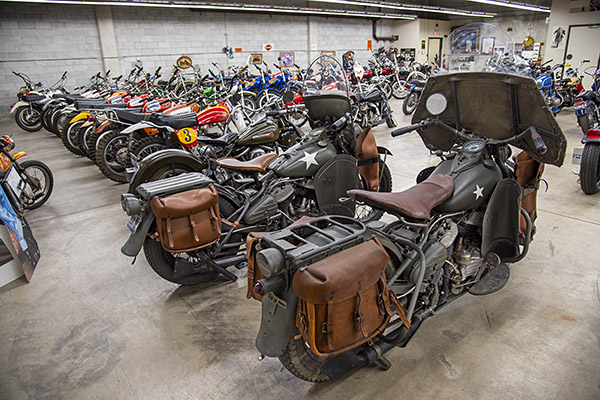
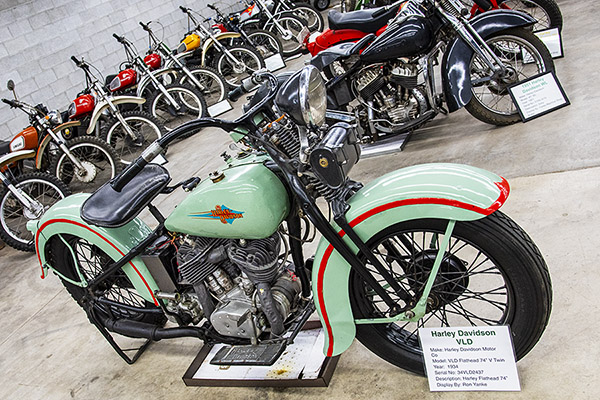
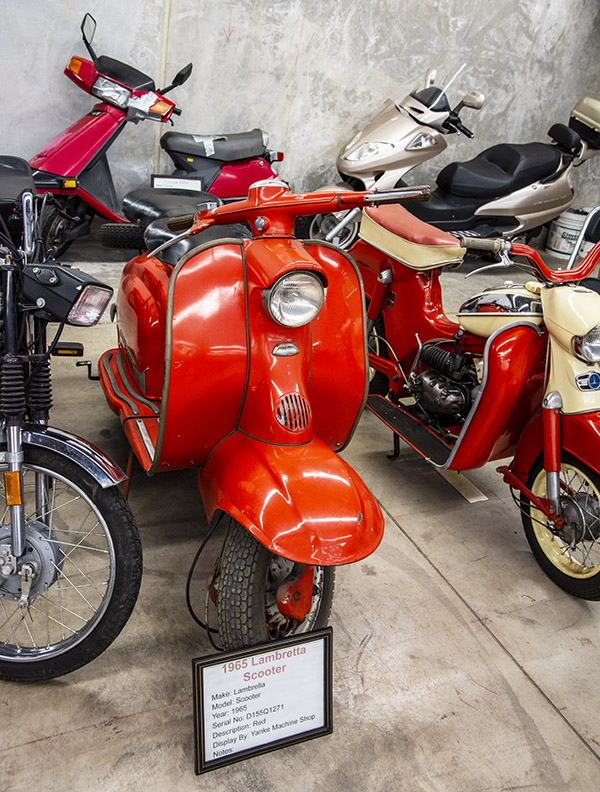
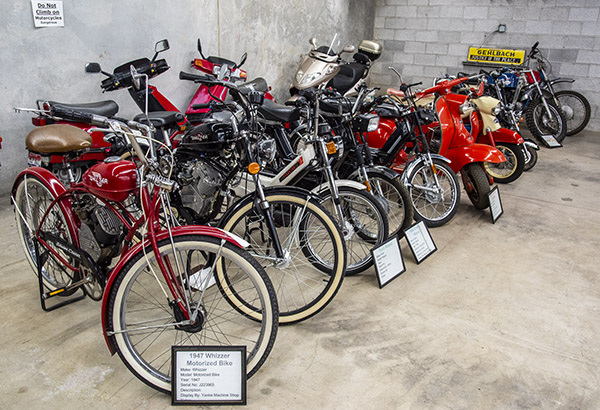

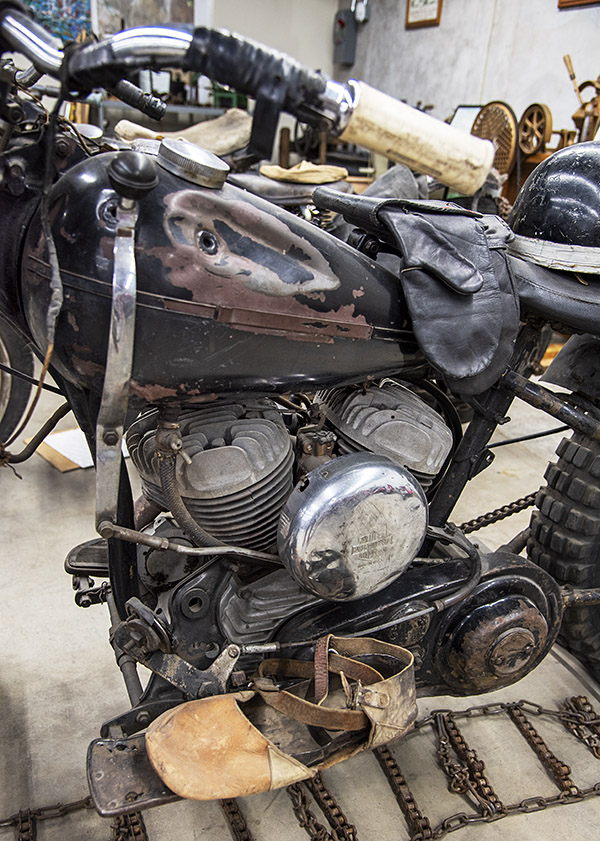
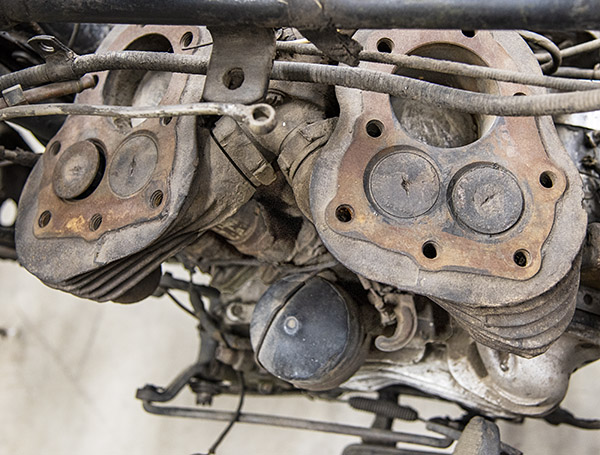
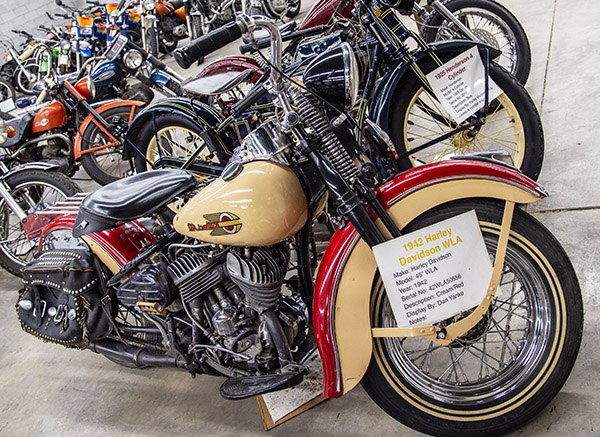
The Yanke Motor Museum also contained some cool military stuff, including Jeeps and a few cannons. Cannons!
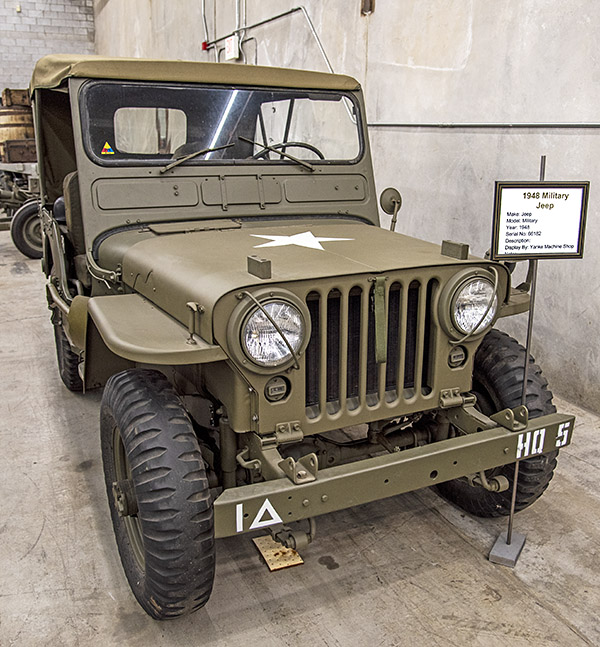
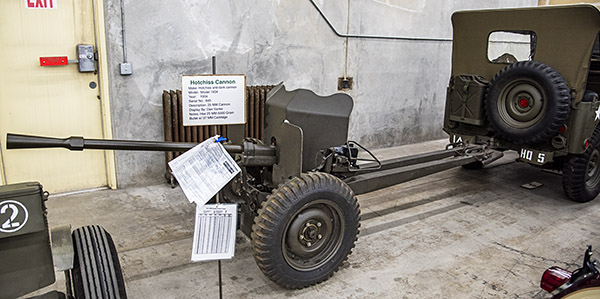

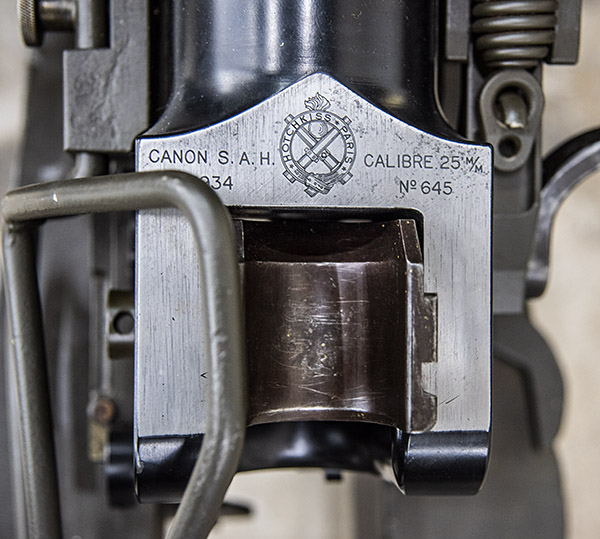
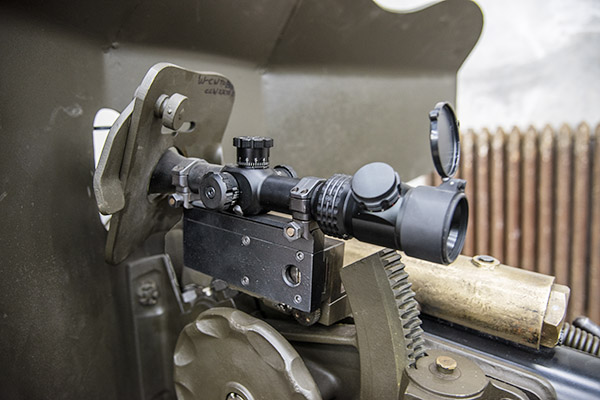
I thought it couldn’t possibly get any better, but when I peeked into an adjoining room I spotted several 37mm and 25mm projectiles in various stages of the reloading process. Imagine that: Reloading for your own cannons! There’s no doubt about it: The folks who own and run the Yanke Motor Museum are our kind people.
Ron and Linda Yanke started the Museum. An extremely successful entrepreneur, Ron is unfortunately no longer with us. The Yanke family started the business empire with a machine shop. Ron Yanke expanded the business holdings to sawmills, an air charter service, a firefighting equipment manufacturer, extensive timberland holdings, several real estate companies, a mechanical contracting firm, a manufactured housing company, and a couple of banks. He was one of three original investors in Micron Technology, the world’s second-largest memory chip manufacturer.
The Yanke Motor Museum is located at 1090 Boeing Street in Boise, Idaho. If you want to get in, here’s the web address that will get you started.
Never miss an ExNotes blog:

